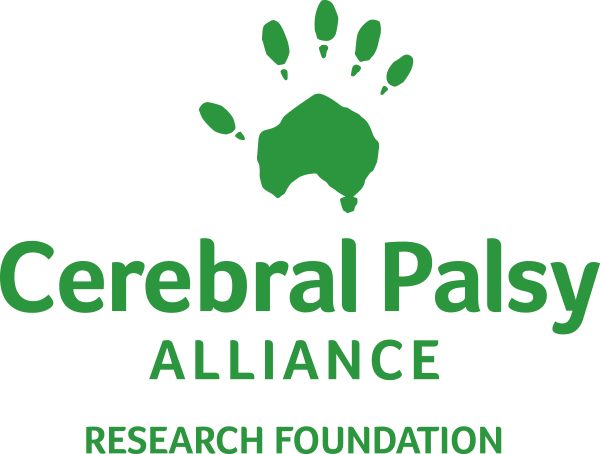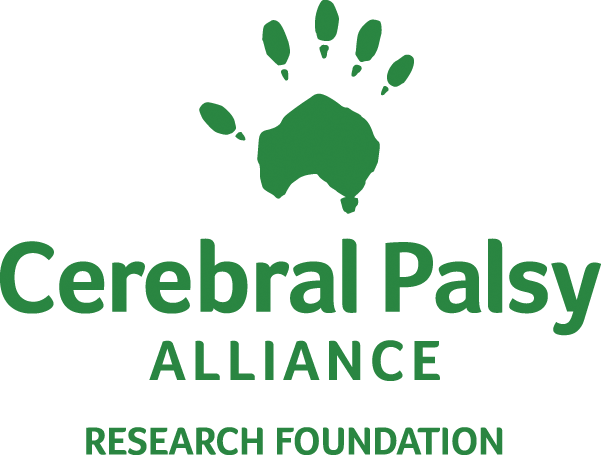Cerebral palsy is a physical disability that’s an umbrella term referring to a group of disorders affecting a person’s ability to move.
ce•re•bral / of the brain
pal•sy / lack of muscle control
Cerebral palsy is due to damage to the developing brain during pregnancy, birth, or shortly after birth.
Cerebral palsy affects people in different ways and can affect body movement, muscle control, muscle coordination, muscle tone, reflex, posture, and balance. This disability is a lifelong condition, and it’s different for everybody.
While the brain injury that causes it doesn’t change over time, the wear and tear of living with cerebral palsy often means that people with CP experience age-related changes, like increased muscle weakness and decreased balance, much earlier than people without CP.
People who have cerebral palsy may also have visual, learning, hearing, speech, epilepsy, and/or intellectual impairments.

every hour
a baby is born with cerebral palsy
Cerebral palsy is the most common lifelong physical disability.
In the United States, it is estimated that there are approximately 1 million people living with cerebral palsy. Worldwide, the incidence of cerebral palsy is 1 in 500 births. There are currently 18 million people in the world who have cerebral palsy.

